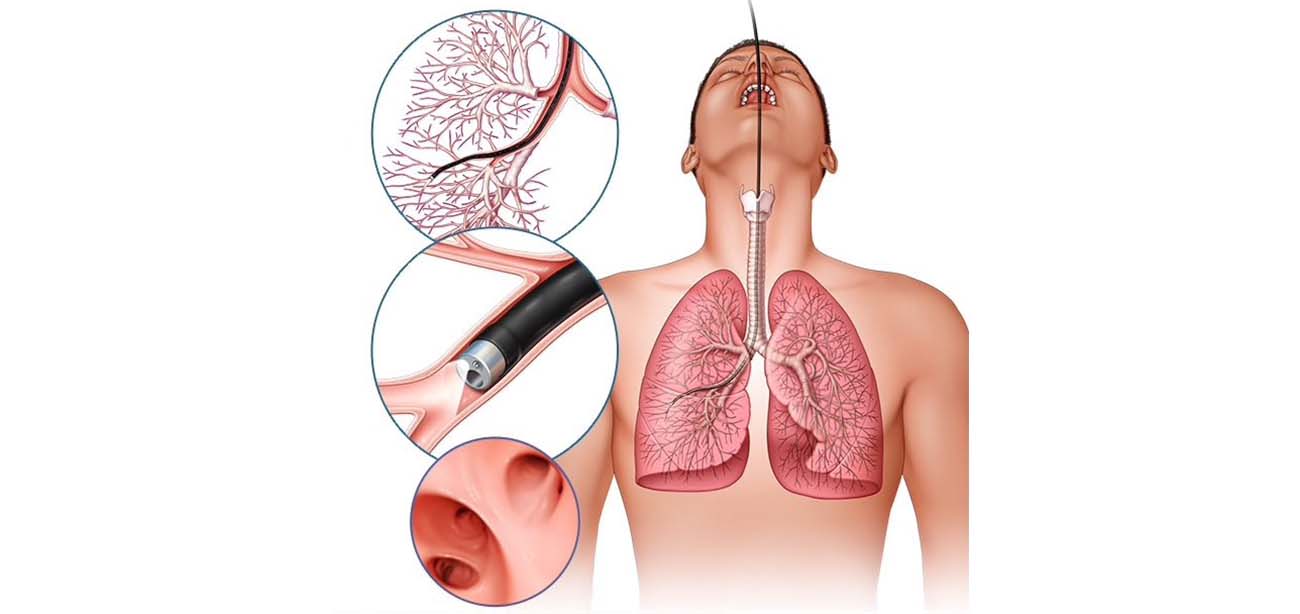Bronchoalveolar Lavage (BAL)

What are bronchoscopy and bronchoalveolar lavage (BAL)?
Bronchoscopy is a procedure that allows a health care provider to look at your lungs. It uses a thin, lighted tube called a bronchoscope. The tube is put through the mouth or nose and moved down the throat and into the airways. It helps diagnose and treat certain lung diseases.
Bronchoalveolar lavage (BAL) is a procedure that is sometimes done during a bronchoscopy. It is also called bronchoalveolar washing. BAL is used to collect a sample from the lungs for testing. During the procedure, a saline solution is put through the bronchoscope to wash the airways and capture a fluid sample.
What happens during bronchoscopy and BAL?
Bronchoscopy and BAL are often done by a pulmonologist. A pulmonologist is a doctor who specializes in diagnosing and treating lung diseases.
A bronchoscopy usually includes the following steps:
- You may need to remove some or all of your clothing. If so, you will be given a hospital gown.
- You will recline in a chair that is like a dentist's chair or sit on a procedure table with your head raised.
- You may get medicine (sedative) to help you relax. The medicine will be injected into a vein or given through an IV (intravenous) line that will be placed in your arm or hand.
- Your provider will spray a numbing medicine in your mouth and throat, so you won't feel any pain during the procedure.
- Your provider will insert the bronchoscope down your throat and into your airways.
- As the bronchoscope is moved down, your provider will examine your lungs.
- Your provider may perform other treatments at this time, such as removing a tumor or clearing a blockage.
- At this point, you may also get a BAL.
During a BAL:
 Call For Appointment
Call For Appointment